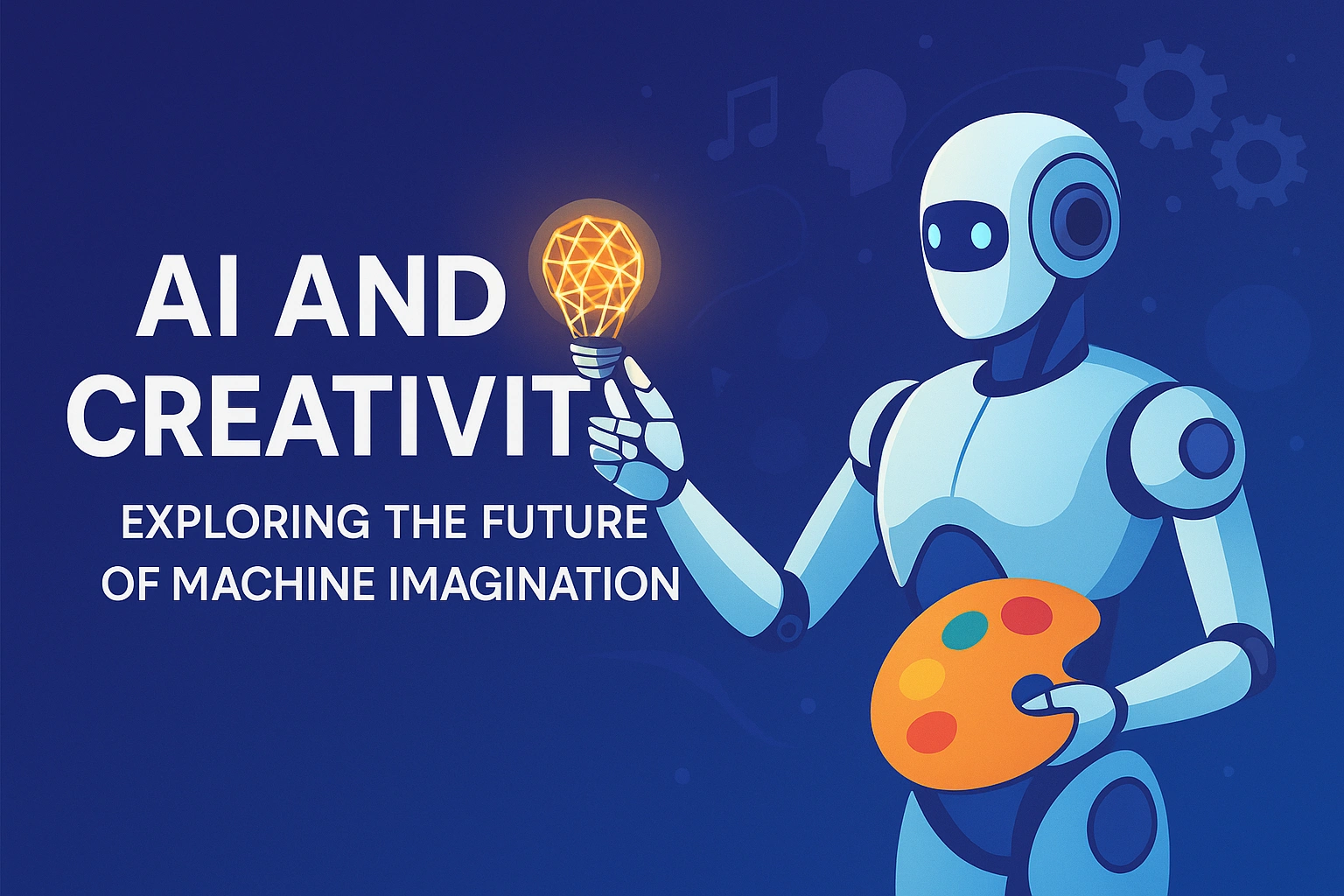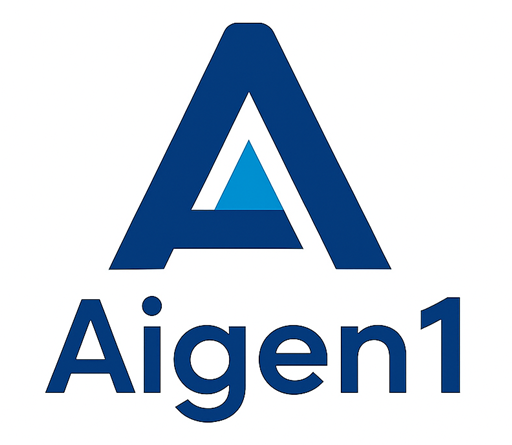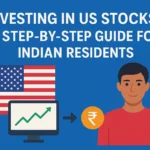Table of Contents
Introduction
Artificial Intelligence (AI) is revolutionizing sectors like healthcare, finance, and education, yet a key question fuels global discussions: Can machines genuinely exhibit AI creativity? For more on future technology and software trends,visit our guide.
With the rise of generative AI tools such as ChatGPT, MidJourney, Stable Diffusion, and DALL·E, machines are now producing art, music, stories, and even film scripts. These advancements question the conventional belief that creativity is exclusively human.
In 2025 and beyond, the conversation is shifting from whether AI can create to how AI creativity will redefine creativity itself.
Defining Creativity: Human vs. Machine
Before we decide if machines are creative, we must understand what creativity means.
Human creativity: originality, emotional depth, imagination, and cultural context.
Machine creativity: pattern recognition, probability, and recombination of learned data.
Humans create with intuition, emotions, and lived experiences, while AI generates outputs by analyzing vast datasets and predicting what comes next.
This raises a deeper question: Does true creativity require consciousness, or can it exist in patterns alone?
How AI Mimics Human Creativity
3.1 Generative AI in Art and Music
AI-generated visuals and music are becoming mainstream. Artists use tools like MidJourney or Stable Diffusion to create unique artworks, while AI composers generate symphonies resembling classical masterpieces. Learn more about AI’s role in smart systems at Smart Cities World.
Although AI doesn’t “feel,” it can mimic human styles with stunning accuracy.
3.2 AI in Writing and Storytelling
From blog posts to full-length novels, AI language models can generate coherent and captivating content. Some authors co-write books with AI, combining human imagination with machine efficiency.
Humans add emotion and cultural meaning, while AI provides speed, structure, and endless variations.
3.3 AI in Design and Innovation
AI is revolutionizing architecture, fashion, and product design.
By producing thousands of design options in minutes, AI creativity boosts creativity and drives innovation. For insights on scalable tech solutions, see NIST’s cloud computing guide.

Benefits of AI Creativity: Software Trends
The rise of creative AI brings several advantages:
Efficiency – Generate countless ideas in seconds.
Accessibility – Enables non-artists to create professional-level content.
Inspiration – Helps overcome creative blocks.
Collaboration – Works as a co-creator alongside humans.
In essence, AI creativity makes creativity more inclusive, empowering a broader range of people.
Limitations and Challenges of Creative AI
Despite its promise, AI creativity faces key challenges:
Lack of Originality – AI depends on existing data, limiting true innovation.
No Emotional Depth – Machines cannot replicate human emotions.
Bias in Output – AI may inherit cultural and social biases from training data.
Over-reliance Risk – Too much dependence may weaken human creative skills.
These limitations show why AI works best as a partner, not a replacement.
The Human + AI Collaboration Model: AI creativity
The most powerful approach is collaboration, not competition.
Examples:
A designer uses AI for draft ideas, then refines them.
A musician lets AI suggest melodies, then adds emotional depth.
A filmmaker employs AI for background visuals, while focusing on storytelling.
This synergy creates augmented creativity, where AI handles repetitive tasks, and humans infuse originality.
Ethical Concerns in Creative AI
As AI expands into creative industries, ethical issues arise:
Ownership – Who claims rights to AI-generated creations: the user, the developer, or the AI itself?
Authenticity – How do we value human-made art in a world of AI output?
Job Impact – Will AI reduce demand for creative professionals?
Clear policies and regulations are needed to balance innovation with fairness.
Future Outlook: Where Is AI Creativity Heading?
Looking forward, AI creativity will likely:
Personalize content for individuals (art, music, and stories).
Revolutionize education, teaching students to co-create with AI.
Advance emotion simulation, making AI-generated outputs more relatable.
Transform industries like entertainment and marketing with hyper-customized creativity.
AI may never replace the emotional soul of human art, but it will expand creative possibilities in unimaginable ways.
Conclusion
So, can machines truly be creative?
The answer depends on our definition of creativity. AI excels at patterns, speed, and innovation, but it lacks the emotional and cultural depth of human imagination.
The future of creativity isn’t AI vs. Humans—it’s AI + Humans. Together, they will push the boundaries of imagination and redefine what it means to create in the digital age.
FAQs
Q1: Can AI replace human creativity?
No. AI assists and inspires but cannot replicate human emotions or cultural context.
Q2: What are the best examples of AI creativity today?
ChatGPT (writing), MidJourney (art), and AIVA (music composition).
Q3: Is AI-generated art truly original?
Most AI art is based on existing datasets, so it’s unique in combination but not fundamentally original.
Q4: How will AI impact jobs in creative industries?
AI will automate some tasks but also create opportunities in AI-assisted design, content management, and ethics.
Q5: What is the future of AI creativity?
AI will become a collaborative partner, helping humans explore new creative frontiers.


